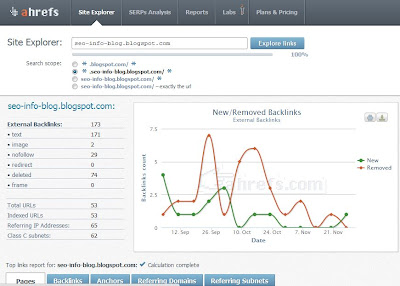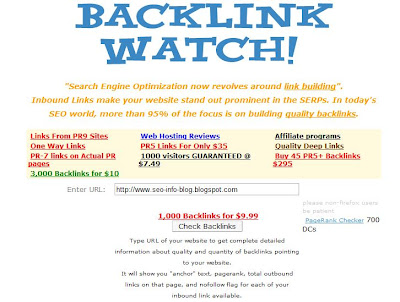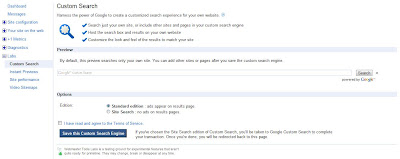If you have your own website and using Google Analytics, you must know bounce rate for your website. But have you ever thought that what would be an average bounce rate for your industry? How is it calculated? What are the factors that affect bounce rate? & How anyone can reduce bounce rate for a website. To answer these common questions Kissmetrics has given below infographic to help you.
What is bounce rate?
The percentage of single page-visits (i.e. visits in which the person has left your site from the entrance page). Bounce rate is a measure of visit quality and a high bounce rate represents that the landing pages or entrances are not relevant to visitors.
What are bounce rate benchmarks?
According to below infographic, the average bounce rate is 40%, but your targeted bounce rate can vary as per your industry, it can be 40%, 30% or even 20%.
Go through below details to find more information about an average bounce rate, factors on which bounce rate depends and much more.
What is bounce rate?
The percentage of single page-visits (i.e. visits in which the person has left your site from the entrance page). Bounce rate is a measure of visit quality and a high bounce rate represents that the landing pages or entrances are not relevant to visitors.
What are bounce rate benchmarks?
According to below infographic, the average bounce rate is 40%, but your targeted bounce rate can vary as per your industry, it can be 40%, 30% or even 20%.
Go through below details to find more information about an average bounce rate, factors on which bounce rate depends and much more.








